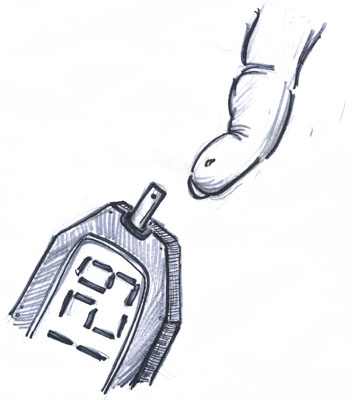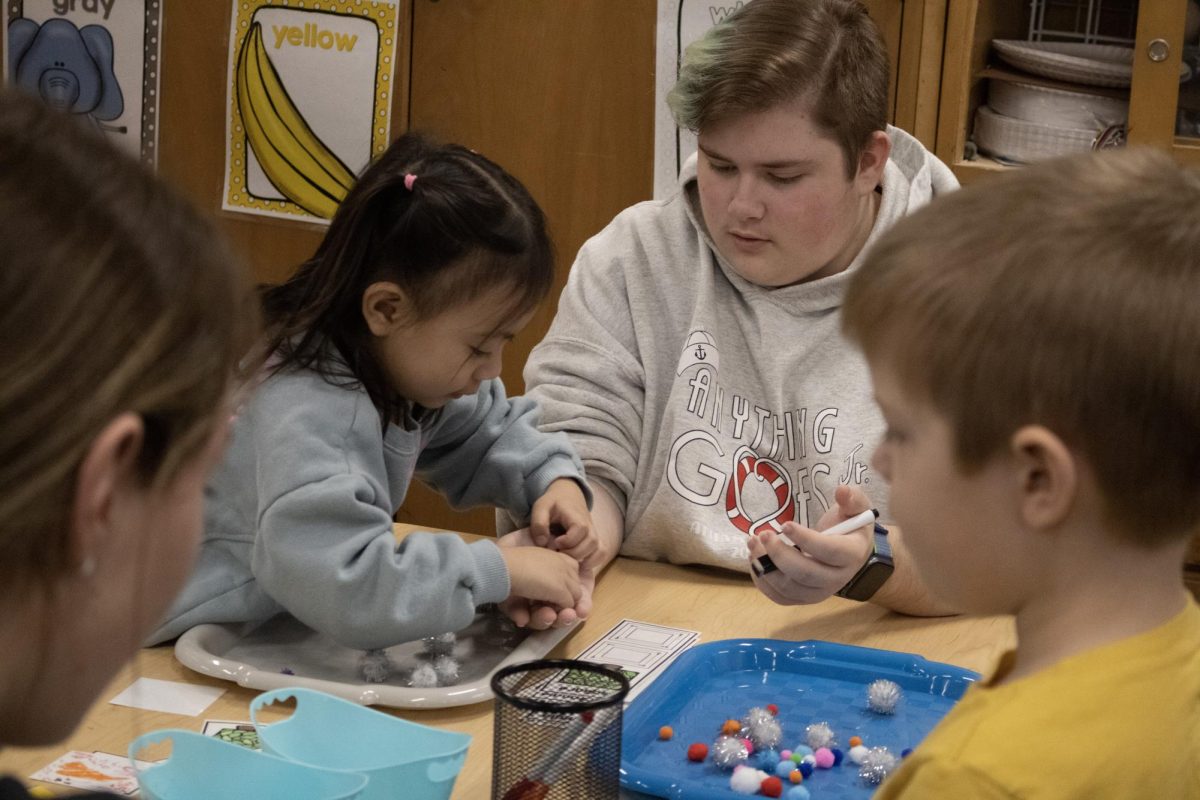When picking out lunch in the cafeteria, students usually don’t think about the amount of sugar present in the foods they are consuming. Drinking a sprite, eating a cookie or devouring a dish of pasta are all done without a second thought. However, for students living with diabetes, every snack must be carefully monitored.
According to the American Diabetes Association (ADA), diabetes is a disease that affects the body’s ability to produce insulin, the hormone that converts sugar into energy. People that have been diagnosed with diabetes as children have Type 1 diabetes, also known as juvenile diabetes.
According to the National Diabetes Fact Sheet, released in 2011, 8.3 percent of the American population suffers from Type 1 and Type 2 diabetes. About one in every 400 children in the United States is diagnosed with Type 1 diabetes.
According to the ADA, Type 2 diabetes is the most common type of diabetes.
Sophomore Julia Packer was diagnosed with Type 1 diabetes when she was eight years old.
“I knew something was wrong with me,” Packer said. “I was constantly drinking water, losing a lot of weight, getting sick and not acting like myself.”
After getting numerous blood tests done, Packer said she received a call telling her she needed to go to the hospital, where she was diagnosed with diabetes.
“My first thought was, ‘Am I going to die?’” Packer said. “It was really scary but looking back on it, [the day I was diagnosed] is a day I will never forget and it has made me who I am today.”
According to the ADA , eating a balanced and healthy diet is the key to staying healthy while living with diabetes. For people with diabetes, injections of insulin need to be given daily in order to maintain a stable blood glucose level.
Packer says there is nothing she cannot do and she can pretty much eat what she wants as long as she tests her blood sugar level first. She checks her blood sugar around 10 times per day on the weekends and 8 times per day during the school day, according to Packer.
“The only really hard part [of having diabetes] is when your friends are eating something and you can’t because you have to check your blood sugar first,” Packer said.
Packer talked about how when her blood sugar is high, it makes her nauseous and unable to think straight, and when it’s low, she feels like she is moving in slow motion.
“Checking my blood sugar has become part of my daily routine and now it just feels natural,” Packer said.
Being the only diabetic in her family causes Packer to question how people get diabetes genetically.
“It sets me a little bit apart,” Packer said. “But it’s something that my family and I have learned to adapt to.”
Packer maintains a positive outlook about her condition and doesn’t let it stop her from pursuing her interests.
“I feel like people think [people with diabetes] can’t do as much as everyone else but that is not true,” Packer said. “I am still a dancer and involved in musical theater.”















